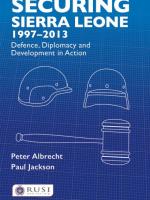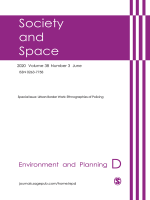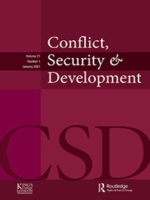Trembling city
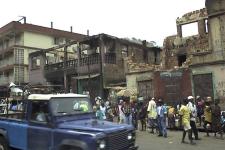
In this new article in Cooperation and Conflict, senior researcher Peter Albrecht and associate professor at Royal Danish Defence College, Maya Mynster Christensen, explore how policing took place in Freetown’s war-peace transition in the late 1990s and early 2000s.
The article shows how many different actors sought to take control of the city. Ex-combatants came from the jungle and settled on the city margins, bringing with them strategies from warfighting by recreating a system of bases. At the same time the Sierra Leone Police (SLP) re-emerged with substantial external support, mainly from the UK, seeking to control the city through a combination of force and negotiation.
Policing as a practice became an attempt by both ex-combatants and the SLP to border in as well as border out, defensively against external interference and offensively to take control of the territory of the city.
Freetown as a trembling city was a reminder of the possibility of war that Freetown very easily could return. It also became a more general condition of the city as an inhabited space, where multiple and often incompatible and conflictual logics and control clashed, overlapped and co-existed uneasily.
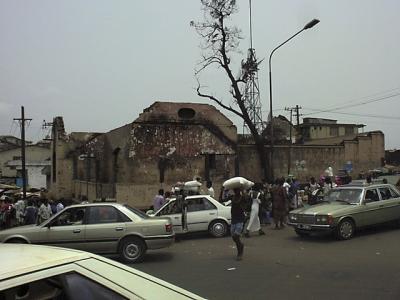
DIIS Experts


